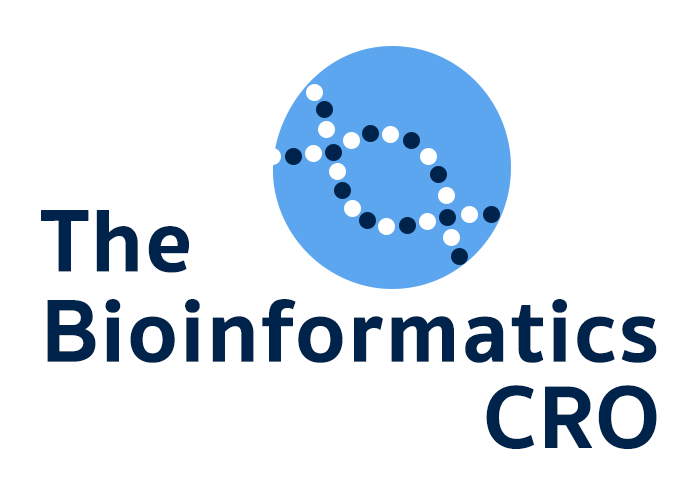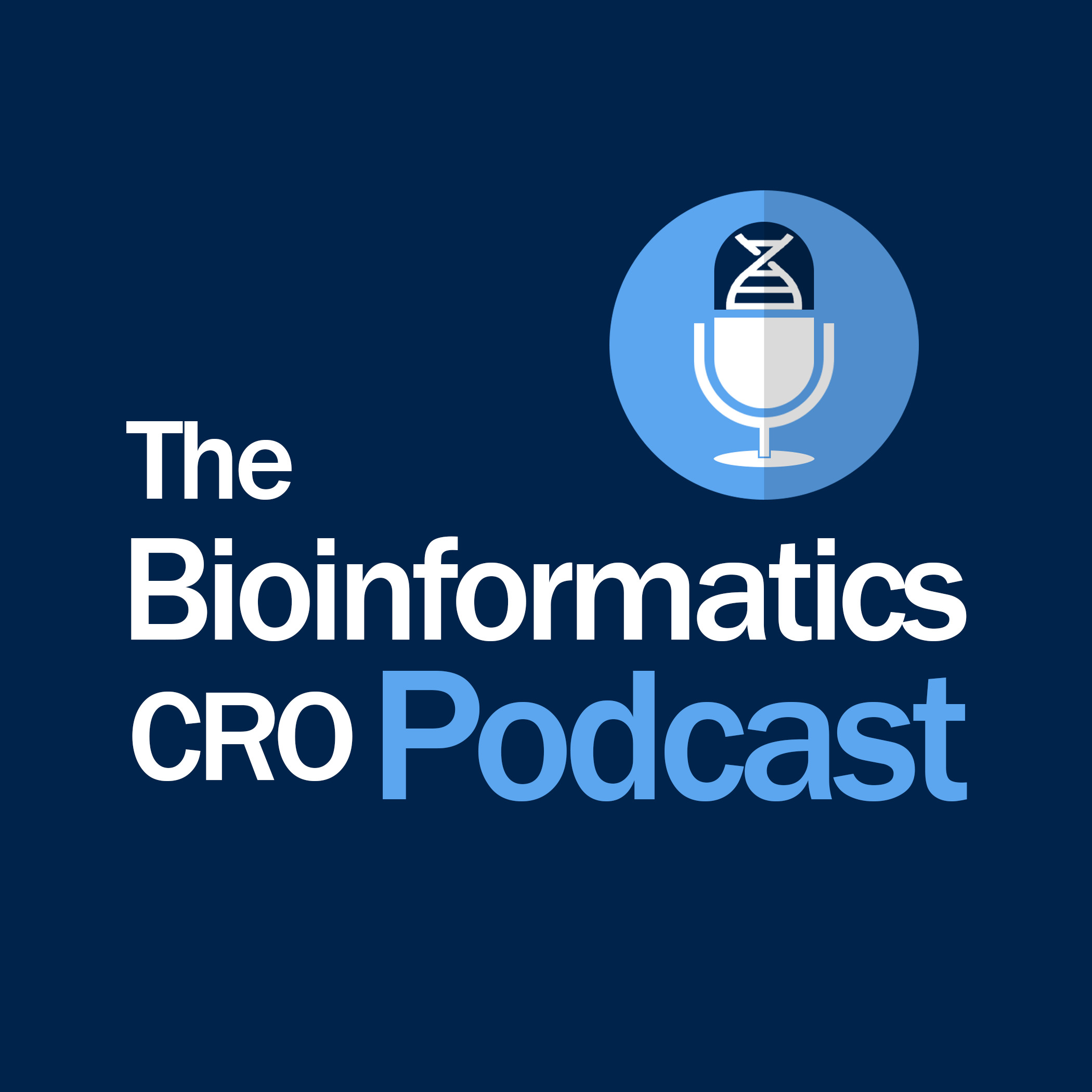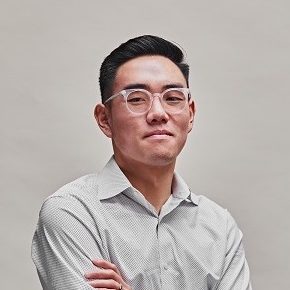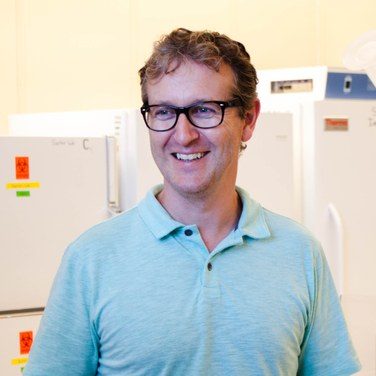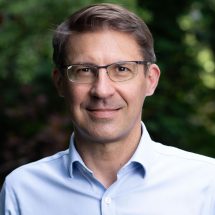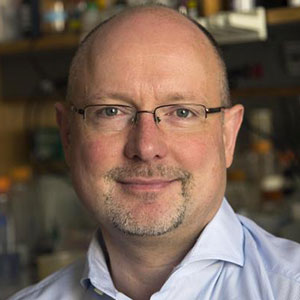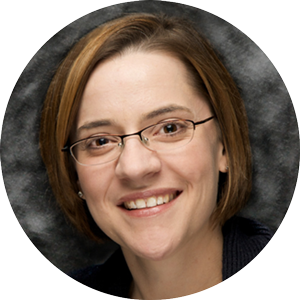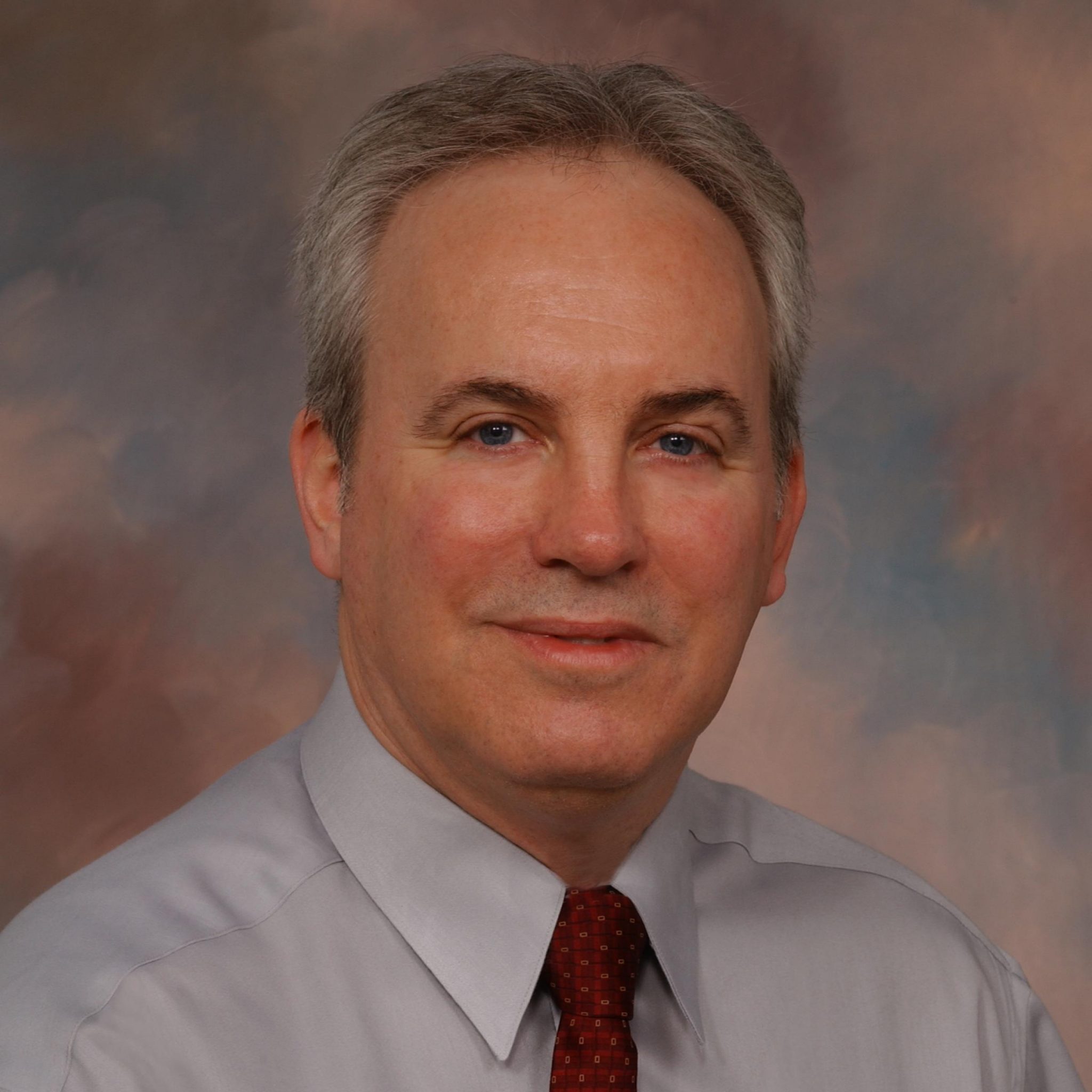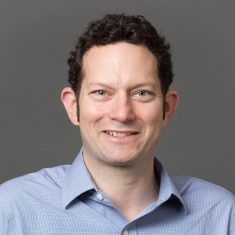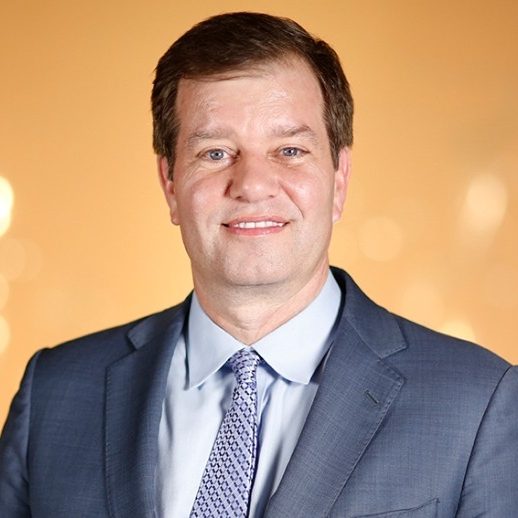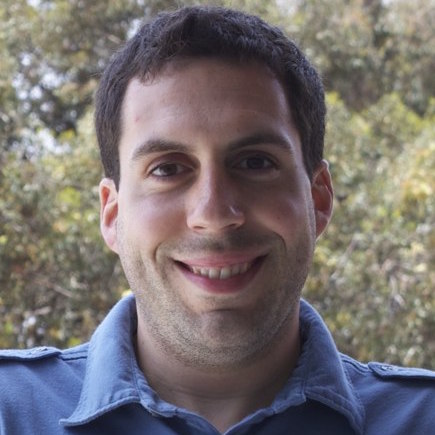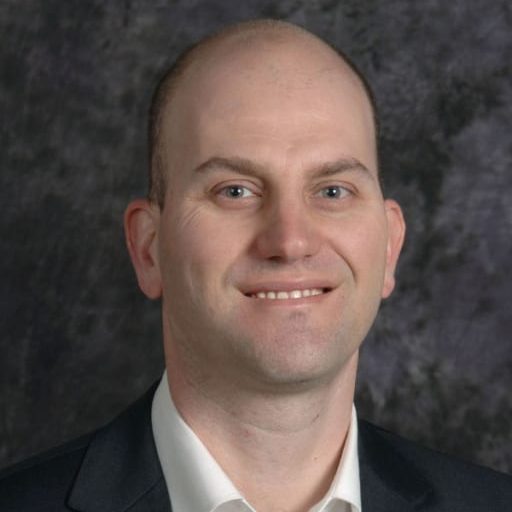The Bioinformatics CRO Podcast
Episode 33 with Jon Chee
Jon Chee, co-founder and CEO of Excedr, shares his experience founding a life sciences equipment leasing company before the latest biotech boom.
On The Bioinformatics CRO Podcast, we sit down with scientists to discuss interesting topics across biomedical research and to explore what made them who they are today.
You can listen onSpotify, Apple Podcasts, Amazon, and Pandora.
Jon is co-founder and CEO of Excedr. For the last decade he has been helping life science researchers reduce R&D costs through equipment leasing. Excedr’s founding was inspired by Jon’s experience working in a wet lab at UC Berkeley, where he observed high equipment costs impeding research efforts.
Transcript of Episode 33: Jon Chee
Disclaimer: Transcripts may contain errors.
Grant Belgard: [00:00:00] Welcome to The Bioinformatics CRO Podcast. I’m your host, Grant Belgard and joining me today is Jon Chee, CEO and founder of Excedr. Excedr provides services to the biotech industry and more. So with that, I’ll hand it over to Jon and hear about your company, what you do. And I’d really like to hear about what you’ve learned about the industry and what you’ve learned building out your own company.
Jon Chee: [00:00:25] Thanks for having me, Grant. Really looking forward to this. So Excedr, we’re an equipment leasing company that solely focuses on the laboratory space. And what we’re really trying to do here is enable researchers to secure the equipment they need at an affordable price so they can get their research done and reach their milestones faster. And we also provide ongoing repair and maintenance coverage for the duration of the lease terms. Excedr really was founded just like scratch my own itch. In a former life, I was doing wet lab research ten years ago and really when I was in the lab and this was at UC Berkeley, I was doing research and a lot of the pain points I felt revolved around equipment usage and equipment maintenance. More often than not, I felt like I was running up the hill to the flow core to run samples every day. And I figured like there’s got to be, I guess a more efficient way to do this and efficient use of time and capital. So from there really spoke to our PIs, tried to get a feel of is it just a me problem or is this more broadly a of pain point that everyone in the on campus was feeling. What we ended up finding was that this was a very common problem. Equipment would break down. Equipment is very expensive to procure maintain.
[00:01:53] Since then, we really started off with a pilot run of what we do. So we do equipment leasing and repair and maintenance coverage for these set equipment for the broader life sciences, really trying to alleviate these kind of financial and operational pain points for those in the lab and especially for the earlier stage ventures. And yeah we started off in the academic and government laboratory space, which we can get into more that was a baptism of fire, especially as an early entrepreneur. But we participate a lot in supporting early stage ventures, biotech, pharma diagnostics and really helping them get the equipment they need to do their research and also making sure that they’re supported along the way. But yeah, that’s what we sought out to do and really have been doing it ever since then. That’s our thing.
Grant Belgard: [00:02:44] So I find it really interesting that you started with universities and government. Because in many ways they’re more difficult institutions to sell to. Can you maybe talk a bit about that decision and what challenges you faced as a new company?
Jon Chee: [00:03:00] Hindsight is 20-20. I want to say this was a calculated go to market, but it was more along the lines of that was my immediate network and community having just participated doing research in my early career in academia. And so due to just the general proximity, getting in touch with laboratories, it was much more difficult. So we were like, okay, well, this is our community. Maybe we can give this a shot and see if we can get some buy in from our neighbors and don’t know if I would recommend trying to go through the government procurement system as the initial go to market. But hopefully someone can learn from my mistakes and slam dunk it should they choose to do this. But as an early entrepreneur really I think going through the the systems procurement, we worked with Lawrence Berkeley National Labs, Lawrence Livermore and really what the procurement taught us is we had to be very airtight in making sure the contractual language was amenable to the broader system. They were gracious enough realizing that we were young entrepreneurs fresh out of the lab. They would work with us and give us feedback on where they wanted to see things go. What that really ended up doing is it helped us hone our product from both a pricing standpoint, how do we structure these contracts so they’re mutually beneficial for everyone and just really showing us how we can or what we needed to do is get buy in from numerous stakeholders. It’s not just the end user in the lab. There’s the finance department, there’s the procurement department, there’s legal. And so that really opened our eyes is not that there’s one person that you need to appeal to. There’s many, many parties and I think it was like the baptism of fire, really.
Grant Belgard: [00:04:52] But you made it.
Jon Chee: [00:04:54] Yeah, yeah, yeah. I’m very grateful that we made it. In the very beginning, there’s a lot of existential anxiety when it comes to when you’re young and trying to put up a bid and go through the procurement system. But I think those are probably the big lessons, really how to appeal and really support all stakeholders. And really it helped us fine tune our product. And obviously since then we’ve branched out outside of the academic research government research realm and that when we did decide to go into for profit, there was a lot more polish to our product. Whereas if we did it inverse and we went directly into the for profit sector first, most early stage ventures don’t have procurement departments, let alone a full time finance department legal department. And I think we would have probably been a lot sloppier in putting out the minimum viable product, whereas through this baptism of fire really honed our product and our offering.
Grant Belgard: [00:05:55] That’s interesting. What were the biggest things that changed between your first sale and how things operate now?
Jon Chee: [00:06:03] There’s a fair amount of things that have changed. The pricing strategy definitely changed. We realized one price does not fit every end user. Obviously, if you are a government institution or your UC Berkeley, you should be getting very, very different pricing than an early stage venture. And then they should also get different pricing than a large multinational. And that’s purely because of the dynamic of the entity. That’s something that we learned the hard way because we took our first stab, which was like, let’s see if this pricing works. And quite frankly, we’re green at that time. And when we went through procurement, they’re like, Hey, this is a little bit off mark but here, try again. And they were generous enough to give us that feedback. And so that really helped us fine tune how we price things appropriately for the end user based on the “risk”, because obviously we provide leases. There’s a credit risk component that we need to evaluate. So that really was honed through procurement. And then also it allowed us to put out more accurate proposals forth when we went to the for profit. So it didn’t completely seem unreasonable. We were somewhere within the ballpark. And obviously since then we’ve gotten so many repetitions of it. We’ve worked with so many labs since then that it’s a well-oiled machine now we know based on what the company is all about, what the equipment is, what is the game plan, what is the science behind it. We can very much create a bespoke solution that is appropriate for the end user.
[00:07:41] So that’s like a really big one that we’re always trying to improve, but something that we really fine tuned during our early days. And then the second component is the repair and maintenance support throughout the lease that we provide, our flavor of equipment leasing is that we don’t want to just be a financing solution to the lab where it just simply get the equipment in there and just make payments. We pride ourselves in supporting the end user throughout the term of the lease, making sure if there’s any equipment damages, we make sure that is backed, is repaired and brought back up to spec as quickly as possible. Because I know when there’s an equipment damage and you’re in the middle of a mission critical assay, it can end. A milestone is coming up, it can become a pretty tenuous situation. So we do provide support for that. This one is especially with Lawrence Berkeley. We had to figure out what was the level of support that is required to keep a high performing laboratory operational. So that was another learning experience. And obviously all of these learned lessons we carried over to the for profit sector. But yeah, I would say those two is like finding a way to create bespoke financial solutions for the end user that fits their needs and making sure that we provide the right level of operational support for the end user as well, so they can just not worry about the potential damages that might come up throughout the lease term.
Grant Belgard: [00:09:09] One risk of working with startups in a line of business like yours is startups not infrequently fail. How does that typically play out? Is it usually pretty clean? Have you ever had to call the repo man? How does that work?
Jon Chee: [00:09:23] I would say we do things differently over here. And something that is different about us is that we’re not a bank. If you’re a bank, you’re using depositors accounts to let for loans and lending products. With that comes all kinds of regulatory requirements. You know, much like if you have a mortgage on a house, the bank is going to use your house as collateral. They’re the ones who have a regulatory burden and they will definitely call the repo man in the case of non-compliance of the loan now and then. Other leasing companies have different models and won’t speak for them. But more often than not, the way that leasing companies is where do they get their capital to create these leases is they do the fund model where they would go raise investments from limited partners, whether it be family offices, institutional like endowments, pensions, you name it. Hedge funds fund the funds. So they’re using other people’s capital as well. And when they use other people’s capital, there’s also going to be a requirement that you structure your credit facility. It might really require the repo man to go in and repossess. For us, what makes us a little bit different is that we don’t use outside capital. We don’t use depositors accounts. We don’t use LPs, capital. All of the capital comes off our balance sheet.
[00:10:39] Basically, we are underwriting and funding leases to the end user. And in the case of early stage ventures, we realized this. We totally realized that it is a non-zero chance that things might not work out. And so always obviously we need to make sure that we come to an amicable solution, but we pride ourselves in being long term partners for these companies. When things are good and when things are bad, we always pride ourselves in being able to find a amicable solution to make sure that you’re taken care of and we’re taking care of. When we sense that there’s a cash crunch coming up, that we immediately send someone in and they repo the equipment, It’s more of like, Hey, let’s have a conversation. Where are things at? Are you trying to get to your next funding round? Do you need help getting to that next funding round? How can we be helpful? And we want to give the breathing room to these early stage ventures so they can get there. And that’s our goal from the very beginning is the way we approach equipment leasing the life sciences is that. There’s three components that are very, very important and critical to the success of these early stage ventures. It’s making sure you have adequate cash runway, make sure that you can keep the lights on.
[00:11:46] Second, you need the equipment to run your assays and you need your expert staff to be able to run these assays. And if you have all three, you’re in a good position to hopefully hit your milestones. And we want to help get you there. We realize that one of the components is making sure you have cash runway and we’re not going to impose our will and prevent you from getting there. We’re going to try and help you get there. And that’s our mentality around it. We take a very stakeholder approach, making sure the lab, the company is taking care of, the investors, are taking care of, the equipment manufacturers and us. We realize there’s a lot of parties involved. We take a holistic approach there, whereas it could be when if you’re using depositors accounts, it’s a very different scenario because the federal government is going to impose its will and make sure that you take care of that. The depositor accounts in a very different way, but we approach it from that angle.
Grant Belgard: [00:12:45] That’s interesting. That’s one thing I like to do at times, too. Basically, we have a network of investors who are looking for deal flow. We work with early stage companies that periodically in this industry are going to need investment. So it’s obviously not something that’s formalized or anything like that. But it’s interesting to hear you say that. I guess that’s a maybe a bit of a common practice among those who specialize in working with smaller companies. Because it makes sense for everyone. If the company is doing a good job, it’s in everyone’s best interest to make sure they’re funded adequately.
Jon Chee: [00:13:20] Yeah. And I think the way we look at it too, is that great companies even the best companies out there will have ups and downs outside of biotech. Facebook had its ups and downs. Apple was on the brink of bankruptcy. And obviously, Facebook and Apple are what they are now.
Grant Belgard: [00:13:39] They’re doing all right.
Jon Chee: [00:13:40] Yeah, they’re doing all right. We realize that. Just because there’s a little bit of volatility, we’re not spooked by that. And we want to help support you through that volatility and get you to that next place that you need to be, whether it be the next funding round, help you get to your next milestone, help you make that next hire. If you raise a seed round that’s like 2 to 6 million and you have to spend like 1.5 million on equipment, that’s 1.5 million that can no longer be allocated towards staffing. So remember, there’s those three things we focus on is having adequate cash, having the equipment that you need and staffing your company with the experts that will take you where you need to go. So we’re trying to get you there. We want you to have all three. And so that’s what we’re really seeking to do is make your dollars go farther and give you that flexibility to hire. And it’s a competitive hiring market, too. So for these entrepreneurial scientists, it can be a lot to manage. We don’t want to be a bottleneck on you and we don’t want to be an additional anxiety or stress. We want to be supportive throughout.
Grant Belgard: [00:14:41] So tell us about those early years. I mean, obviously Excedr has grown to a pretty respectable size with a pretty good portfolio now. And of course, going from 0 to 1 is always a challenge, especially you’re starting in some ways difficult market. How did you do it?
Jon Chee: [00:15:00] You’re exactly right. It was a very different time, especially for early stage life science. I think at that time what we encountered was the start up ecosystem was just beginning. Back then, a lot of the large multinationals had a very robust in-house R&D function, and that’s when we were starting. It was very difficult back then. This kind of wave hadn’t really picked up quite yet. So when it came to getting the company off the ground. We didn’t have all these tools to do normal business functions like Gusto didn’t exist yet. Email marketing was very nascent. All of these things that make the barriers to entry much lower did not exist at that time. So it was a lot of elbow grease. Well, admittedly at that time I wasn’t quite sure if the timing was wrong or did I get into an industry that was just the wrong industry to be in.
Grant Belgard: [00:15:59] I think that’s something all entrepreneurs ask themselves in the early days.
Jon Chee: [00:16:03] Yeah, very much. There was a lot of existential dread very early because like I said, the tools that enables entrepreneurs now weren’t available. So a lot of it was old fashioned, just me either making calls or going in person and trying to meet potential clients. And you can imagine it is difficult, especially for folks in the lab. There’s like, don’t want to talk. I have my own work to do in the very beginning. There’s a lot of that sweat equity that needs to go in. But then something that we think about a lot is just those early clients that were willing to give us a shot really helped us get into that rhythm. It took a little bit of time to figure out the first couple clients that would help propel us to the next level.
Grant Belgard: [00:16:48] Where did your starting capital come from?
Jon Chee: [00:16:50] So the starting capital was actually from friends and family. We don’t have outside institutional equity in our company. So our company is 100% employee owned. There’s a small sliver of friends and family that when no one was willing to make that investment, we still don’t have outside equity. But the friends and family were willing to make that bet, and then the rest are owned by the employees. And so you can imagine it compounded the stress because it’s your friends and family’s money and they’re betting on you. So that was very anxiety inducing. I will say, me personally, I’m not the serial entrepreneur type. I look back then at those early days and I was just.
Grant Belgard: [00:17:31] A nervous wreck.
Jon Chee: [00:17:32] Yeah, Sleepless nights, nervous wreck. Is this the right market? Wrong timing. What is this? But I think it always ended up going back to my experience in the lab at Berkeley, just seeing the research being done. I feel like whether it was conscious or subconscious, I was like, This is going somewhere. Seeing the research being done led me to be optimistic about the industry. And so a lot of the time it was a matter of sticking to it, making sure that we raise awareness. And when the biotech market does have its moment, we are prepared. And so I mentioned before, when we first started, the industry was very different. Multinationals had their own in-house R&D. The IPO market was not nearly as hot. Obviously M&A was not as hot because all the multinationals had their own R&D going on. And then there was this paradigm shift where the larger enterprises, they reduced the in-house R&D, realizing that from a capital allocation perspective, it might be a better investment to let the startups focus on more high risk projects.
Grant Belgard: [00:18:40] Let someone else take the risk, then buy it when it’s a bit more proven out.
Jon Chee: [00:18:43] Yeah, exactly. And that had ripple effects everywhere because once that started happening, the venture community was able to say, Hey, our investments are de-risked because at the end of the day, VCs need to have a liquidity event, an exit whether it be an IPO, merger, acquisition, whatever. And when this happened, it was like, okay, the big strategics are now looking to acquire these smaller entities who are doing more risky research. Once that happened, the capital inflows to the startup community really started coming in and we saw more and more entrepreneurial scientists take that leap because back then it was super risky. It was like, are you going to leave your job at Pfizer to start a startup that may or may not have an opportunity to IPO or get acquired? And then you look at clinical trials, you’re like, oh, my goodness, it is so expensive. We had a lot of existential dread. Is the timing wrong? Is the industry wrong? But once that shift happened, we were kind of.
Grant Belgard: [00:19:44] You’re well poised.
Jon Chee: [00:19:46] Yeah, well, poised to be supportive in that growth. There was a large component of luck. It could have gone very differently. That paradigm shift could have just not happened. But very grateful that it did. And I think it was kind of the testing grounds, like during those early days going through government research, academic research, we were just practicing honing like honing the craft, getting better. And then when that paradigm shift happened, we’re like, okay, we’re ready for the prime time. Let’s do this now. I wish I had better advice on how to get from 0 to 1, but I think if you have deep conviction on your thesis, at least in my case, it would behoove you to stick around long enough for the adoption to happen. If the thesis is like you believe to be rock solid, I would recommend sticking it out and trying to be well poised for when things really do pick up. Right now obviously the past year has been the past year and that’s another paradigm shift that’s happening. Who could see it coming? But it accelerated all kinds of trends and pulled forward things that would have taken 5, 10 years to actually come to fruition. It’s things like that. It’s just making sure you’re building for resilience and be well poised for when the opportunity presents itself to action on it.
Grant Belgard: [00:21:03] And did those inflection points correspond to major changes to the composition of your team?
Jon Chee: [00:21:09] It did. The overall product, it’s been fine tuned. But there hasn’t been seismic shifts in what we do. But when there were the paradigm shifts, it was like drinking out of a fire hose. When you’re at that stage, as they call it technical debt, you hack things together and it works for maybe when you’re like a team of two, three, you can Frankenstein together these Google sheets, Excel sheets. And it worked for a little bit. But eventually, like all debt, you eventually need to pay it down. When the paradigm shift happened, we were scaling up the sales team to make sure that we can give each of the laboratories the attention they deserve. We really need to, one, improve the processes, the tech stack, making sure that we don’t break underneath the paradigm shift. We try to be as proactive as we can about it. We want to be more proactive, less reactionary. As an entrepreneur, it is our job to see around the curve and prepare for it. You’re not going to be able to catch everything, but we try our best to do that. The first paradigm shift is really just scaling the sales function. But the next shift was just making sure that no one falls through the cracks. There’s a lot of parties that we’re managing, making sure we’re taking care of our vendors, the manufacturers, making sure all internal parties are taken care of and not losing track of those conversations. So we had again revamped the customer success function and the operations function. Not that it wasn’t working before, it’s just that when you go through these growth spurts, your existing systems are not built for that.
Grant Belgard: [00:22:45] Well, I guess one of the advantages of bootstrapping is you in some ways have time to tool up to be at the right stage for the size your company is at and to ensure other kind of managers of the company and so on can grow into their roles as opposed to the size and the structure of the division that you’re directing or something becomes qualitatively different every year. Can you maybe comment a bit on how has that been for you? Obviously Excedr has come a long way over the last decade, and I’m sure you’ve come a long way over the last decade other than school of hard knocks, how have you tooled up?
Jon Chee: [00:23:27] In the early days, there was again like I mentioned, a lot of sweat equity that went into it. But you can’t do that forever. You can’t work every single day and not have time for friends, family, loved ones, hobbies. You can’t do that forever. And it’s what you alluded to as bootstrapping this company. We have the luxury of we can take our time a little bit more, high growth companies, different kind of schema that you need to live by. You’re looking to triple, triple, double double. You don’t really have that luxury to have that balance. I’ll only speak for Excedr here, but what I’ve learned is that building in balance into your work life and I try to have our team also have this balance enables them to really come into work refreshed and to be able to do their best work and not feel completely burnt out. And especially during remote work, that becomes even more difficult when there’s not clear separation between work and personal space.
Grant Belgard: [00:24:25] Yeah, I don’t know if you saw this recent study. I thought it was fascinating. I was reporting people were working more than ever before with this shift to remote work, a couple hours more a day while at the same time becoming less productive even overall, not just productivity per hour, because so much of that extra time was soaked up by meetings and agonizing over emails and things like this.
Jon Chee: [00:24:49] Yeah, I did see that. Like we do a lot of team check ins, making sure how is the remote work panning out for you? Do you find that you’re filling that space with more unproductive work? What we ended up coming to is we definitely tried to have clear cut offs, like when work is over, please do not want to see your green bubble on. Please go grey. Go spend time away from your computer and things like that. And yes, remote work has removed the commute component. Obviously you have an hour probably more in the morning and an hour probably at the end of the day. We try not to just fill that space because we can. We try to say, hey, with those extra hours in your day, can you spend more time with your kids? Go see your friends, get exercise, go for a hike. These kind of things, they’re not directly work productive, but it’s a sustainable practice. It helps the team come back, like I said, refreshed and actually more productive. So we don’t want to just because you’ve freed up this one hour in the beginning of the day and at the end of the day, we don’t want you to go into more meetings. So we tried to keep the hours the same, but give you that extra hour to do more things that are personal priorities of yours. And that’s what we’ve found has kept the burnout at bay, especially for the remote work situation.
Grant Belgard: [00:26:07] So I see we’re coming up on time soon, so I want to make sure we have an opportunity to hear some advice you might have for others. And especially I’d be keen to hear what’s a contrarian view that you hold.
Jon Chee: [00:26:21] When it comes to advice coming from a STEM background, there’s a large, large emphasis on specializing, specializing, specializing. But before I was in the wet lab, I actually took a lot of classes on business, a lot of legal classes too, and philosophy classes.
Grant Belgard: [00:26:40] Did you have Steve Jobs calligraphy application?
Jon Chee: [00:26:44] Yeah, yeah. And not to sound cliche, but one of the most impactful classes I actually took in school was actually a philosophy class on moral ethics. And without getting into the weeds of it, it’s been a long time in the philosophers out there might catch me on this, but there’s a utilitarian philosophy where cost benefit, that calculus is hat defines a moral life or decision. And then there’s on the other end, there’s the Kantian moral philosophy where there are binary rights and wrong based on whether or not you’re treating others with dignity. And if anyone watched The Good Place, that’s one of the shows that gives a little primer on that. What I’m getting at is that taking a well-rounded, not just a STEM path course, load informed how we built Excedr and think it’s what has made us in our DNA different. Like I said, we always try to treat every single stakeholder that we work with dignity and not just focus on shareholder value on its own at the expense of others. And that’s a very utilitarian thing, is if we cost benefit, analyze, profit, maximize, that’s the right decision. If I had strictly stuck to the course load, I don’t think Excedr would be the way it is today. When it comes to a leasing company, there is a way to do it. And I think coming from a different angle with the science background, just having taken this diverse course load, really helped us build what I would like to believe is a unique organization that approaches the life science community in a different way. And we offer a product that is differentiated and beneficial to all parties. So what I would say is specializing is obviously important, but don’t feel it’s wasted time exploring different fields of study because I think it can inform where you want to go as an entrepreneur and how your company can be built differently and approach problems from different angles.
Grant Belgard: [00:28:46] What’s the worst piece of advice you’ve received on this journey?
Jon Chee: [00:28:50] One of the early pieces of advice was given to me is that if you want to secure a customer and that customer requires 100 cold calls, so how many customers do we want to secure? Do we need ten customers? We need to do ten times 100 cold calls. That kind of mentality, it’s purely a grind and grit. Basically the advice was giving me like hustle harder and I think that was one of the worst pieces of advice for me because I think you can be working smarter. And so early on that’s what I was doing. I was like, I need to cold call this many people and I need to get into laboratories that get FaceTime with this many people in order to secure X amount of customers. Yeah. So that’s probably the worst piece of advice is like hustle harder because that’s the only solution there is. But think there are more effective ways than just the status quo.
Grant Belgard: [00:29:40] That’s great advice. I think we’ve discovered similar things along the way. So thank you so much Jon for joining us. It was a lot of fun.
Jon Chee: [00:29:49] Yeah. Thank you for having me, Grant. I really appreciate you having me on.
